Destructive Observation Field
thermal laser installation [2014]
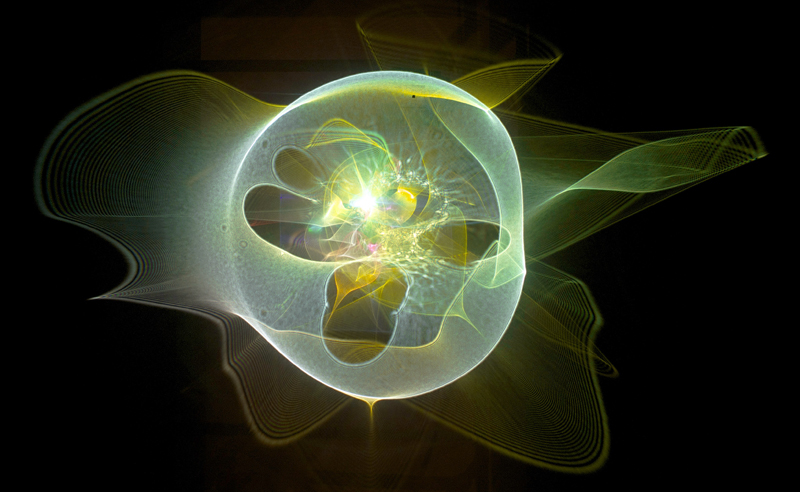
A strong multispectral laser beam points at a black reflective plate of plastic hanging from the ceiling. Most of the light is absorbed and turned into heat. These thermal forces slowly deform the plate's surface and are adding more and more ripples and curvatures to it. A small part is reflected back to a white screen on the opposite side of the room and the heat-induced deformations become visible as large and complex visual patterns.
During the course of several days, the laser beam scans over the surface of the plate in slow random movements and leaves traces of destruction. The light patterns on the projection screen get more and more complex over time. But ultimately, the same technique that creates also destroys: The installation turns 'blind' when the process is repeated too often. There is no separation between 'writing' changes to the plate and 'reading' the deformation.
Destruction
The observation process is destructive: By adding more and more imperfections to the surface of the plastic plate, the resulting patterns become increasingly more interesting until a certain threshold is reached, after which the process seems to reverse: More destruction leads to less interesting results, ending ultimately after a long time with just a diffuse reflection of light. The installation becomes blind.
Patterns
The energy of the laser beam creates expanding and contracting forms that have a semi-organic appearance. Some of the thermal changes can happen very fast, causing tiny bubbles of plastic to appear and burst, magnified on screen a few hundred times, as if seen under a microscope - the magic of optics. Other changes are slower and build up over several hours and days.
Interference
The characteristic visual appearance is the result of interference patterns, waves amplifying and canceling each other out in space, leaving complex traces of light and darkness. It needs a mix of several monochromatic laser sources of various wavelengths (colors) to achive the specific look of the installation. The lasers used ideally provide monochromatic red, yellow, green, cyan and blue.
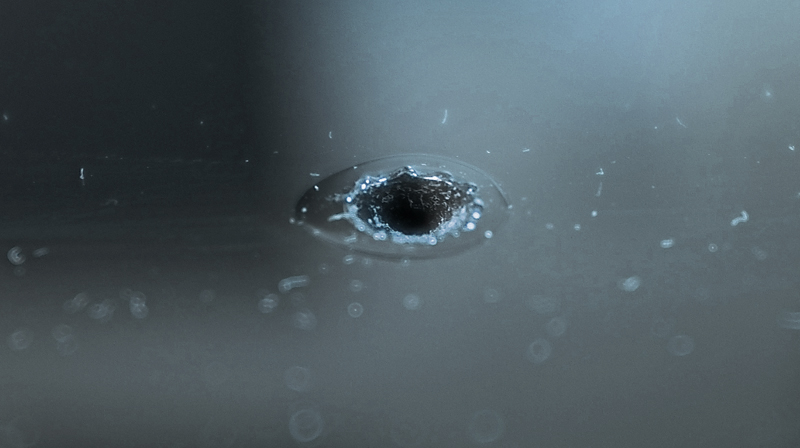
Image above: laser induced surface deformation and destruction.
Exhibitions
June 6 2014 - July 20 2014
Le Fresnoy
Studio national d'arts contemporains
Lille, France
August 20 2014 - August 21 2014
Kunstwerke
KW Institute for Contemporary Art
Berlin, Germany
March 20 2015 - March 30 2015
STRP Biennale
Eindhoven, Netherlands
August 3 2015 - August 9 2015
Krake Festival
Berlin, Germany
November 11 2015 - February 20 2016
The Lowry
Manchester, UK
September 23 2015 - October 3 2016
Beijing Design Week
Beijing, CN
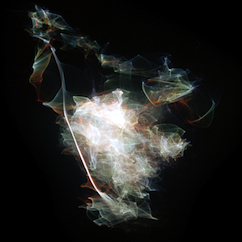
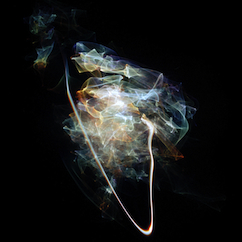
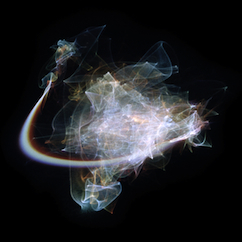
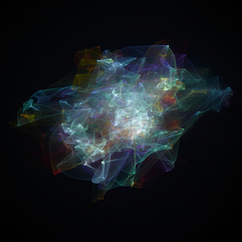
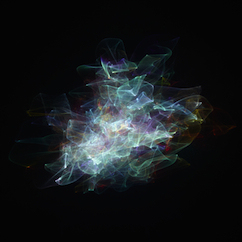
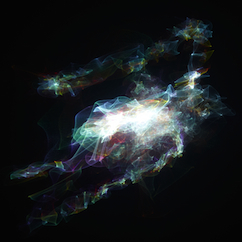
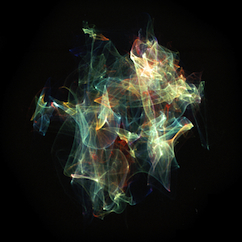
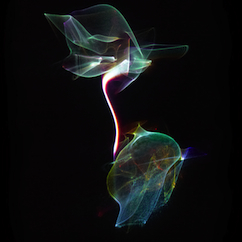
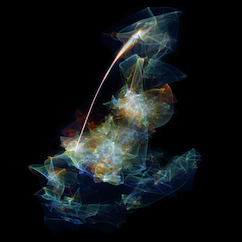
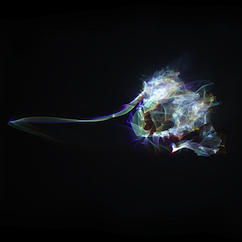
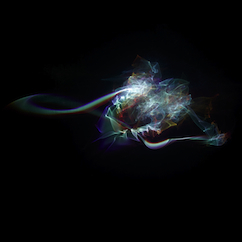
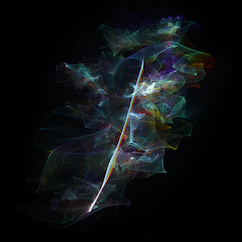
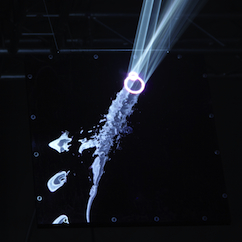
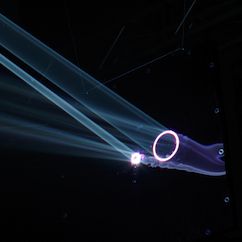
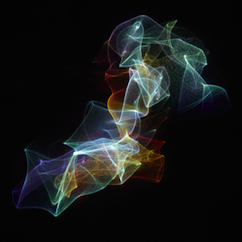
Photos taken at STRP-Biennale © 2015 by Anna Katharina Scheidegger